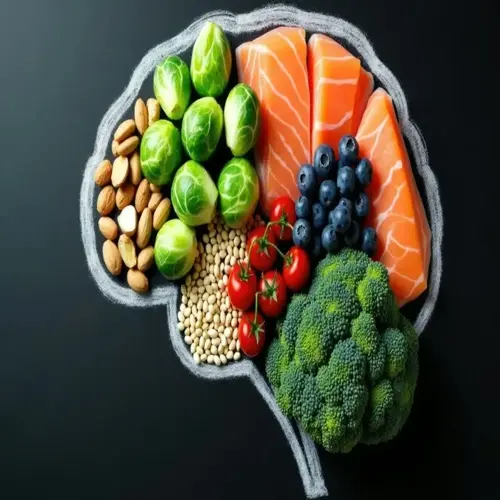How do nutritional needs change after age 65?

Written by
Stella Nilsson
Reviewed by
Prof. Graham Pierce, Ph.D.After the age of 65, your nutritional needs undergo significant changes. These changes affect your strength, energy, and independence. I have witnessed clients successfully transition to these changes and maintain a lifestyle that keeps them active. Knowing about these changes means you will eat better, not differently.
Protein Priority
- Needs increase 25-50% to combat muscle loss
- Essential for maintaining mobility and balance
- Requires 25-30g per meal from diverse sources
Bone Protection
- Calcium needs grow for density preservation
- Vitamin D requirements increase for absorption
- Combine dairy and leafy greens for best results
Hydration & Digestion
- Thirst signals weaken, demanding scheduled drinking
- Fiber needs rise to support digestive changes
- Probiotics become more important for gut health
Protein requirements rise dramatically to combat sarcopenia. This natural loss of muscle mass accelerates after the age of 65. My client, Robert, boosted his protein intake to 30g per meal. He maintained his strength to play golf regularly twice a week. Aim for at least one egg, lentils, and fish eaten throughout the day.
As we age, bone protection becomes vitally important. Calcium requirements increase to 1200mg. Without sufficient calcium, Vitamin D is of no use. Try fortified milk plus kale salads. Combine with proper weight-bearing exercises for maximum benefit. Such exercise will prevent fractures that could otherwise destroy independence.
Hydrate with vigilance as thirst signals fade. Drink eight cups a day, whether thirsty or not. Include water-rich foods, such as cucumbers. My neighbor reduced her daily intake of 16 cups until she began feeling dizzy and confused. Today, Martha has phone reminders. This helps with dehydration. She still needs less than when she drank so much. Adequate hydration keeps our brains alert.
Digestive Changes require additional fiber and probiotics. Eating oatmeal for breakfast helps maintain regularity, while yogurt promotes a better balance of gut bacteria. Making these changes will also improve any comfort and nutrient absorption issues you may have. Due to structural changes, your digestive system may become more sensitive and require gentle support.
Read the full article: Nutrition for Seniors: Essential Healthy Eating Guide

